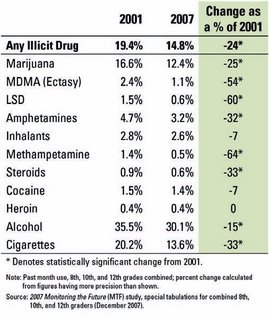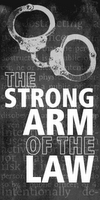 i’m perplexed at the attention to the pew foundation’s recent 1-in-100 study, since i figured that by now most of us had at least a dim sense of the social distribution of criminal punishment. the risk is far greater than 1 percent for many segments of the population and far lower than 1 percent for many other segments.
i’m perplexed at the attention to the pew foundation’s recent 1-in-100 study, since i figured that by now most of us had at least a dim sense of the social distribution of criminal punishment. the risk is far greater than 1 percent for many segments of the population and far lower than 1 percent for many other segments.
the 1 percent figure is misleading because it aggregates a bunch of zeros with a bunch of 50 percents. c’mon, just think about the denominator for a second. if we exclude those at essentially zero risk of prison, the percentage quickly rises. do you really think that your great grandmother in the birchwood convalescent center is at any risk for incarceration in a state penitentiary? the likelihood of incarceration is far greater for the working-age population, and far, far greater for the working-age male population, and far, far, far greater for the working-age african american male population.
and that’s just the denominator. now think about the numerator. we’re talking about people sleeping in a cell tonight, and not talking about anyone who slept in a cell last night (but not tonight) and who will sleep in a cell tomorrow night (but not tonight). when you add in the formerly or recently incarcerated, and those who’ve served lengthy probation sentences, the risk of imprisonment far exceeds 1-in-100. in 2006, melissa, jeff, and i estimated the felon and ex-felon population at 7.5 percent of the adult population, 22 percent of the black adult population, and 33 percent of the black adult male population.
another way to think of such risks concerns the election. according to paul campos:
During football games, the University of Michigan’s stadium hosts about 111,000 people. If you filled the place with randomly selected 60-year-old white women, around 10 of them would turn out to be prison inmates. If you did the same with 46-year-old black men, about 5,500 would be current residents of our prisons and jails. In other words, if we took into account only race, gender and age, Obama’s chances of being in prison would be 550 times higher than Clinton’s. Here’s a good question for a presidential debate: “Do you think 46-year-old black men are 550 times more likely to deserve to be in prison than 60-year-old white women?”









